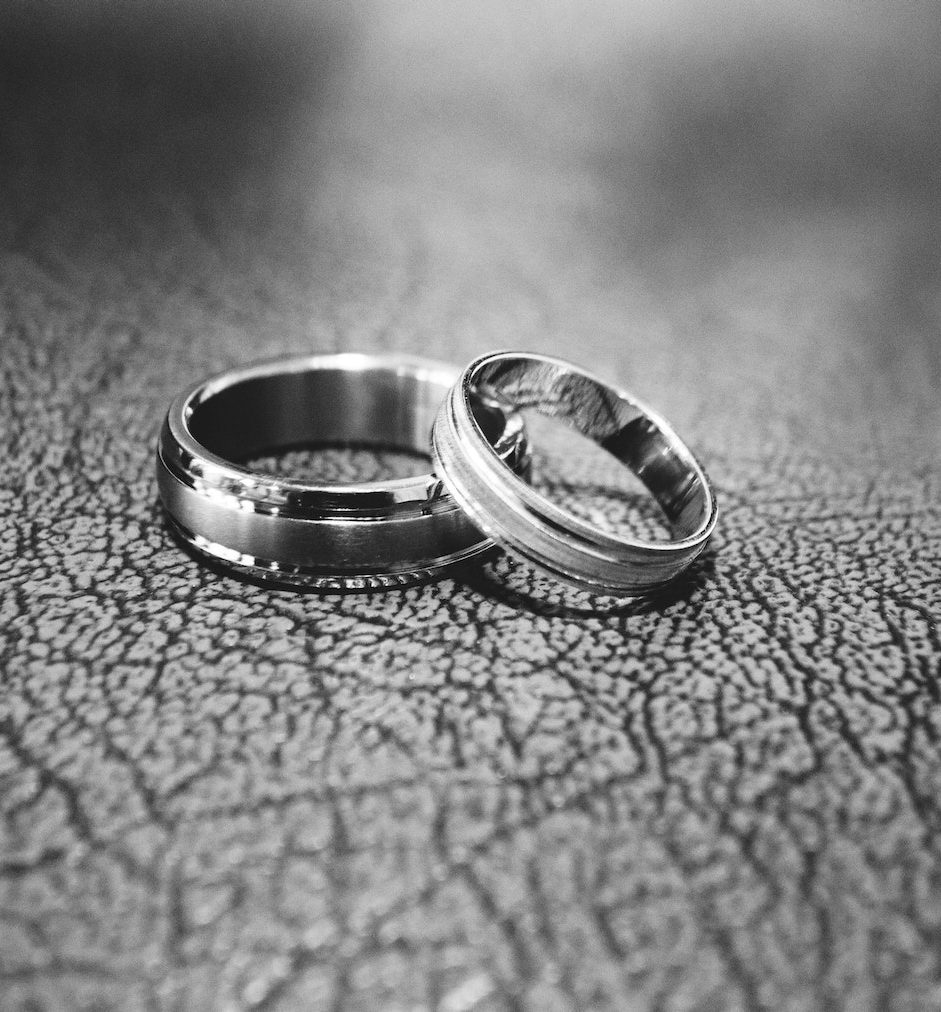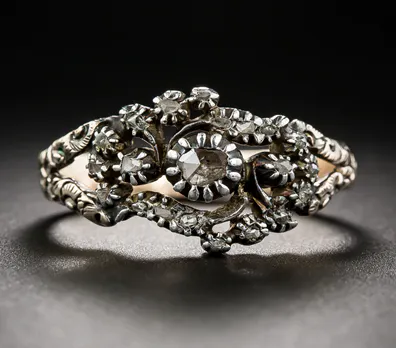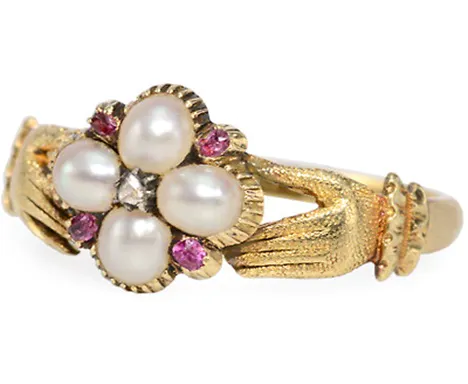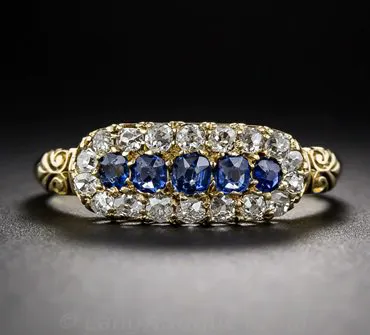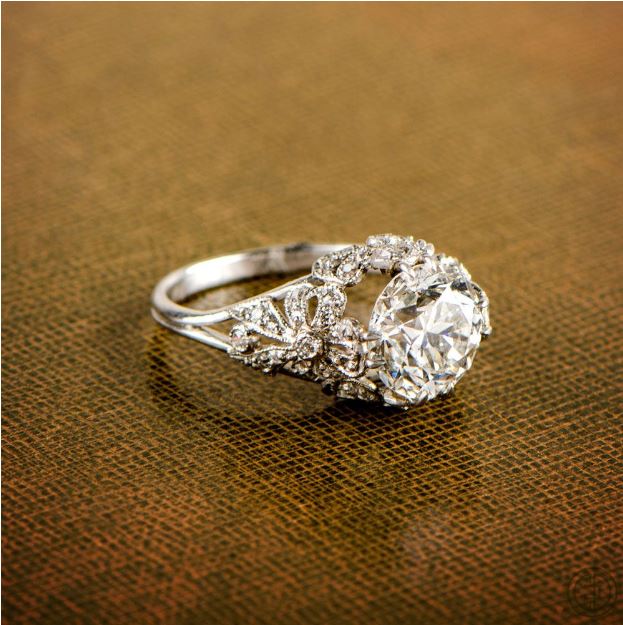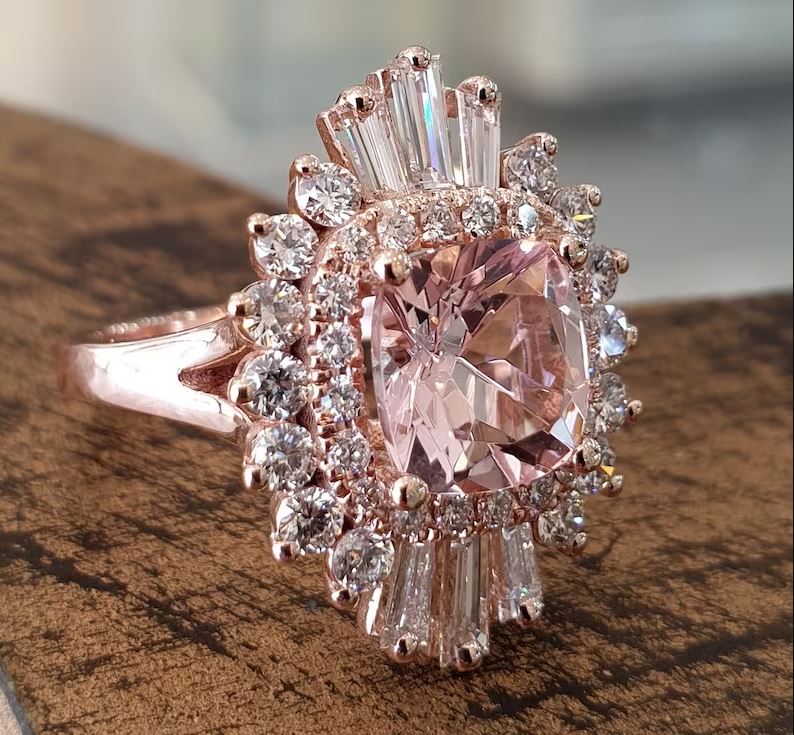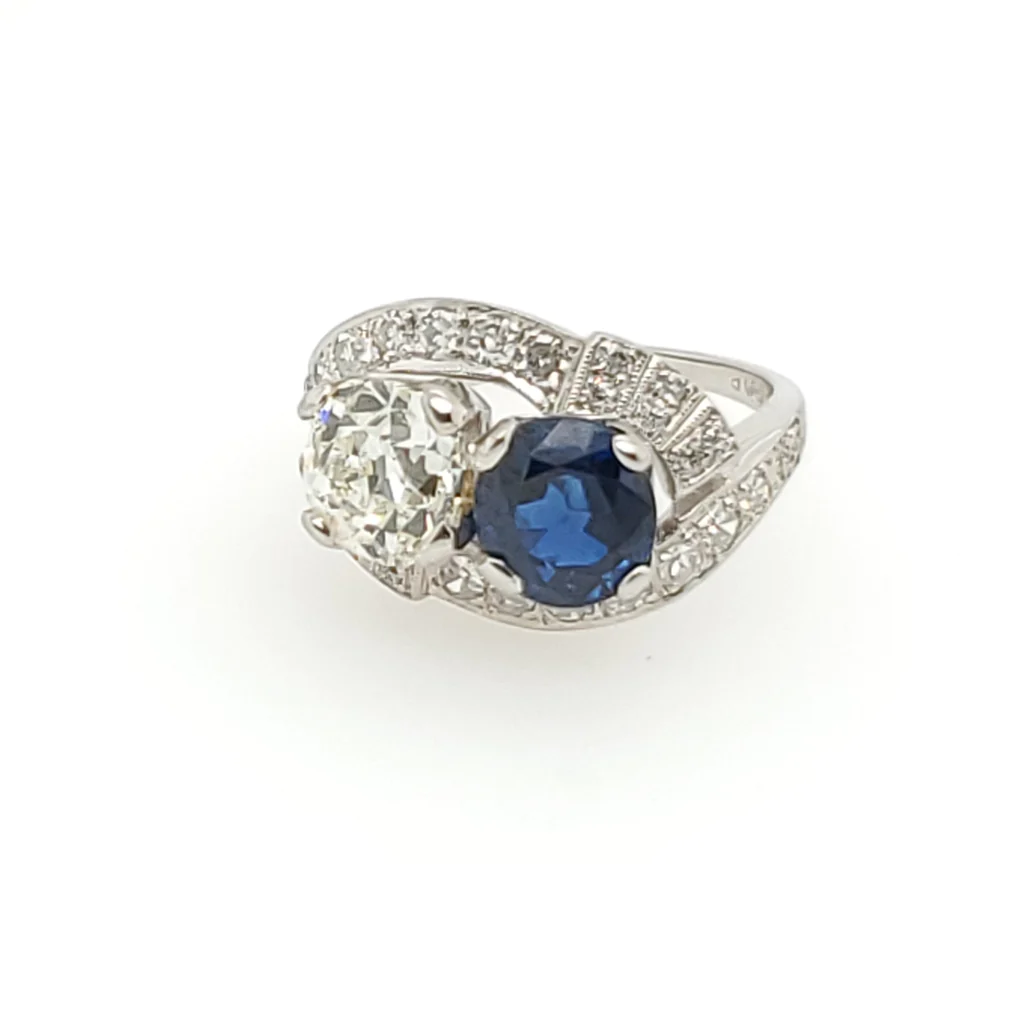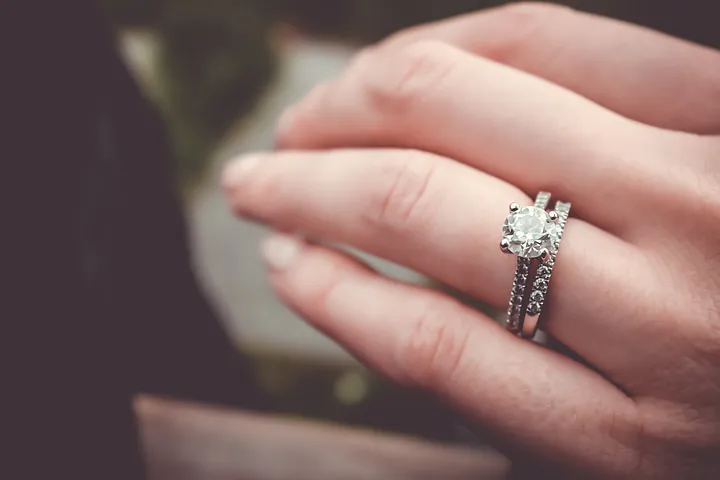Are you thinking of buying an engagement ring soon, but are overwhelmed by the choices? Are you (or your beloved) a person who may not like the traditional engagement ring styles your popular local jewelry retailer may have to offer? You may want to consider a vintage or antique engagement ring!
There are several different reasons why antique or vintage engagement rings may be the right choice for you, but first, it is important to know: what does it mean when you choose to buy an item that is vintage or antique?
The terms ‘vintage’ and ‘antique’ are often used synonymously, but there is a key difference, namely ‘antique’ refers to anything greater than 100 years old, whereas ‘vintage’ is more subjective, but typically refers to an item that is less than 100 years old. However, in both cases, you will be able to appreciate the charm and craftsmanship of past eras where modern rings and styles simply cannot compare.
Just as trends in clothing change over the years, popularity in styles of engagement rings has also changed over time. While there are many different eras, we’re going to showcase specific time periods and pieces that we absolutely adore.
Georgian
The Georgian era took place between approximately 1714 to 1837 and is known for ornate and sophisticated metalwork techniques and the use of gorgeous silver, yellow gold, iron, and steel.
Pieces from this time period were all individually hand-crafted and would typically showcase gemstones such as diamond, pearl, ruby, sapphire, topaz, and garnet. For instance, check out this Georgian Period ring, featuring 21 rose-cut diamonds set in silver with an 18k rose-colored gold shank.
Credit: International Gem Society
Jewelry of this era is quite rare to find, but for brides who want a unique one-of-a-kind style, look no further than Georgian Period jewelry.
Victorian
Another era with gorgeous jewelry options is the Victorian era between 1839 to 1901.
The Victorian era was separated into three distinct periods: the early/romantic period (late 1830s to 1860), the mid/grand period (early 1860s to 1880s), and the late/aesthetic (mid-1880s to 1901), all with their own allure.
Early Victorian (Romantic) Period
Emerging designs from this time period included cameos, serpents, hands, knots, birds, flowers, and hearts.
Commonly used gemstones at this time included: emerald, turquoise, amethyst, seed pearls, diamond, and amber. Other materials were also utilized in Romantic-era jewelry such as ivory, coral, and lavastone.
Gemstone settings also changed in this time period, where more open settings using claw prongs became the trend.
Credit: International Gem Society
We love this 15k gold ring which is crafted in the shape of two hands which features seed pearl accents and garnets in the middle, along with intricate detailing throughout. Absolutely beautiful!
Mid-Victorian (Grand) and Late Victorian Period
Credit: International Gem Society
Mid-Victorian Period jewelry was more opulent and featured more gemstones using geometric patterns, shields, monograms, stars, birds, and crosses.
The most commonly used gemstones during this period included diamond, opal, onyx, sapphire, turquoise, jet, goldstone glass, and garnet.
The metals commonly used at this time included gold, platinum, silver, oxidized silver, and gold fill.
Late Victorian-era jewelry shifted away from large and heavy towards small and delicate pieces. Around 1886 Tiffany & Co popularized the solitaire engagement ring. We’re not quite at the modern era yet, but these pieces are fit for brides who want something that looks a bit more contemporary.
Edwardian
Between 1901 and 1910, Edwardian jewelry became renowned for its exquisite craftsmanship, delicate designs, and use of precious metals and gemstones.
For brides who are looking for a brilliant white ring, Edwardian-era jewelry is often characterized by platinum for its ability to hold intricate designs.
For instance, look at this vintage ring featuring an Old European Cut Diamond. It boasts stunning filigree (AKA ornamental patterns) and sparkling diamonds throughout its design.
Image Credit: Pinterest
Edwardian rings are well-known for their feminine designs, offering a graceful aesthetic that was sought after during its time. Even for the modern bride, the look is timeless and for that reason, we’ve added it to this list.
Art Deco
Spanning from the 1920s to the 1940s, Art Deco engagement rings shifted towards a more geometric design, incorporating shapes such as square, rectangular, triangular, and hexagonal shapes, and characterized by clean lines and symmetry.
A perfect example is this gorgeous engagement ring with a center pink morganite gemstone surrounded by round diamonds and set into a 14k rose gold band.
Image credit: Etsy
Art Deco rings feature a vibrant array of gemstones such as diamonds, sapphires, emeralds, rubies, and onyx. One interesting fact about the era of jewelry was that during the Great Depression, consumers would opt for more affordable gemstone alternatives such as amethyst, citrine, and garnets.
They’re bold, glamorous, and innovative, making them a perfect choice for the bride who wants an engagement ring to double as a statement piece.
Retro and Modern
Last but not least, retro and modern rings encompass 1940’s to present.
Retro rings often utilize three-dimensional designs with gorgeous curves, bows, and ribbons, creating bold, eye-catching shapes such as this retro 1950s sapphire and diamond ring.
Retro designs were largely influenced by Hollywood glamour which is in line with the bold statement designs frequently seen in this era of jewelry.
Image credit: Levys
As jewelry trends continued to flourish over the years, modern rings reflect the evolution in trends resulting in a large variety of characteristics.
Modern rings may incorporate a wide range of materials, utilizing traditional metals such as gold and platinum, as well as contemporary options like titanium, tungsten, and stainless steel.
Image credit: Medium
For gemstones, diamonds continue to be a mainstay but with advancements in technology, alternative options such as lab-grown diamonds (i.e., moissanite) are now readily available. Additionally, customers now have the advantage of technology-based techniques like 3D printing and computer-aided design (CAD), giving an unparalleled level of precision and customization.
Despite these advantages, modern rings may continue to draw inspiration from past eras, allowing jewelers to combine vintage designs with modern craftsmanship. As a result, you’ll find anything from minimalist and sleek designs to alternative designs that incorporate nature motifs seen in early eras.

